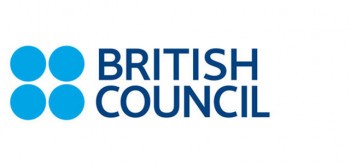
Research: Crop disease diagnosis using drones
Identifying crop disease using advanced machine learning and big data technology - from large-scale images taken by drones.
Research summary
Research summary
- April 2018 to December 2020
This project is developing a new tool able to diagnose crop disease using artificial intelligence from images taken by drones.
Through high-resolution imagery and advanced machine learning, our tool is able to capture subtle changes in plant chemistry and physiology, and detect disease far earlier than symptoms become visible to the human eye.
We are initially focussing on bacterial leaf blight in Malaysian rice production.
Our technology is capable of diagnosing patches of diseased plants over a large area from the air, such as a whole rice paddy.
The programme uses machine learning to analyse the drone photographs and make comparisons with a cloud-based archive of bird’s eye pictures of diseased crops, providing an immediate diagnosis.
The system consists of three components to provide automatic disease detection and mapping to individual farmers:
- drone survey mobile application - able to perform an automated flight, the data is transmitted to the app and processed in real-time, highlighting infected areas immediately
- farmer mobile application - farmers can request a drone survey and perform site-specific crop management
- cloud-based service platform - uses big data processing and machine learning to create a detailed disease map
The project will provide a feasibility study of using drones as a farming tool for disease control and management.
Ultimately, we want to correlate multiple data sources - such as drone footage and images, satellite images, and ground-sensing data such as mobile telephone photography - into one system to help tackle global challenges in food security.
Statistic
Video and project website
Agrione web application
Watch our walkthrough showing how farmers can log into the system, view yield and crop maps and order a drone survey.Research outputs
- Academic papers, reports and other research outputs will be linked from here when they are published.
Research team
Research team
Lead researcher
Co-researcher
- Dr Muhamad Shakirin bin Mispan, University of Malaya
Collaborating with:
- University of Malaysia
Logos
With funding from

British Council

Newton Fund

Institutional Links
Contact
Contact us
For general enquiries about this project and our Data Science research theme, you can contact Prof Liangxiu Han.


